
Food shows make everything look effortless. Yet behind the camera, producers use clever tricks to shape what audiences see. While some moments feel authentic, many are carefully staged to maintain entertainment value. Here are 10 cooking shows that twist reality to keep their charm alive.
Nailed It!
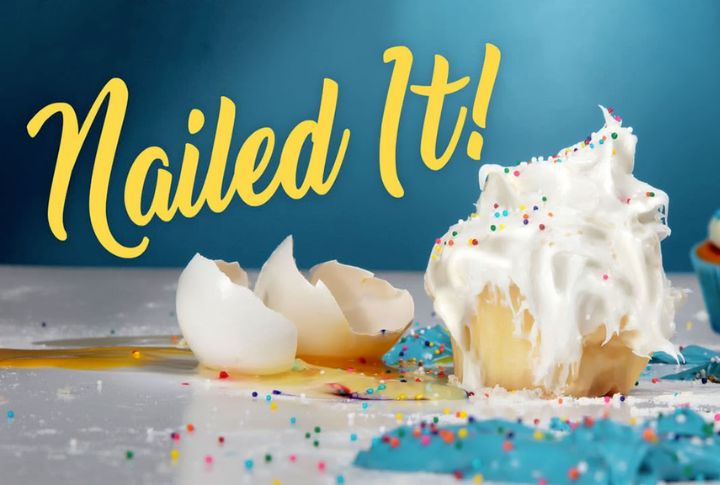
Most viewers assume Jacques Torres creates the intricate cakes featured on the show. But behind the scenes, cake artist Charity George is responsible for those designs. Despite what is shown, these complex works take longer than the production schedule allows.
Barefoot Contessa
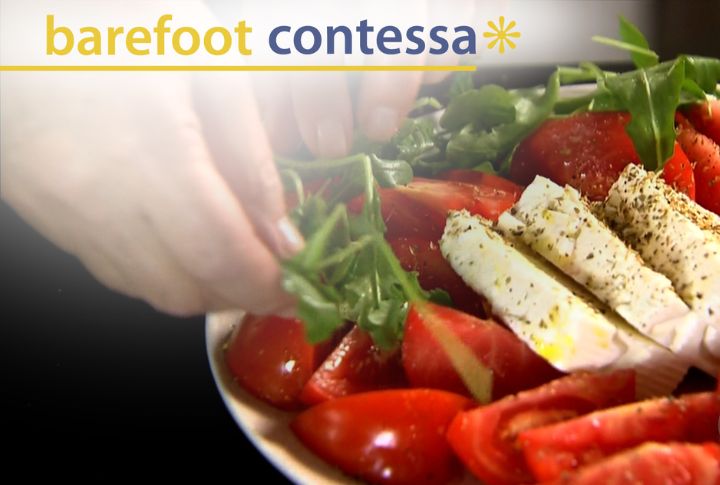
Ina Garten’s cozy “home kitchen” is a signature element of her television presence. Though it appears to be part of her real home, the filming actually took place in a separate studio designed to replicate her kitchen while accommodating production needs.
Hell’s Kitchen
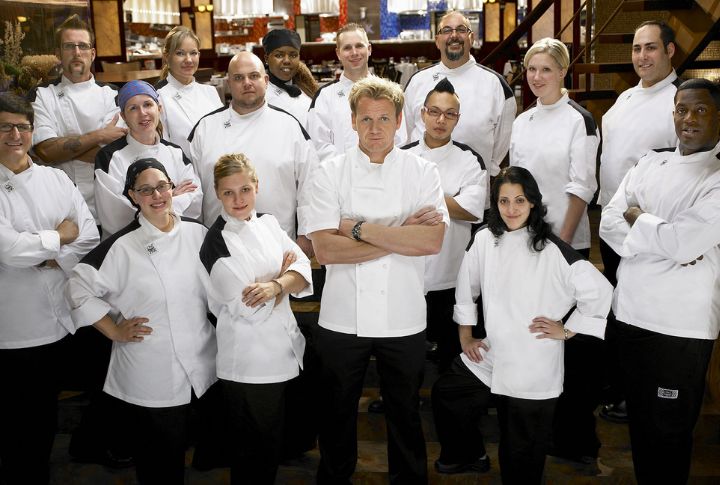
Many believe that contestants cook for unsuspecting restaurant guests, but in reality, the dining area is a controlled set filled with invited participants. While the dishes are genuinely prepared under high-pressure conditions, the restaurant itself does not operate as a public establishment.
MasterChef
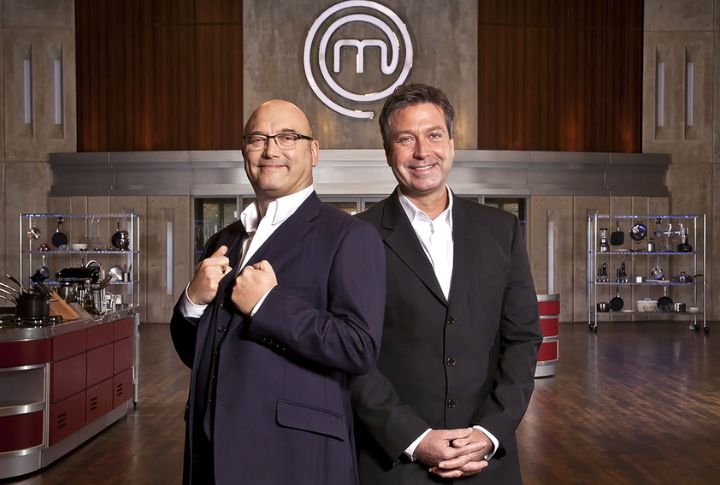
Contestants race against the clock, but the time restrictions viewers see doesn’t reflect the full story. Though episodes emphasize urgency and the competition is real, judges sometimes give extra time for plating and presentation. Off-screen changes help make sure that dishes meet aesthetic standards.
Diners, Drive-Ins And Dives

The meals labeled as “freshly cooked” are actually prepared in advance to keep production running smoothly and maintain the episode’s pace. The restaurants still showcase their cooking techniques, but much of the food is pre-made. This approach helps create a polished final product.
Chopped
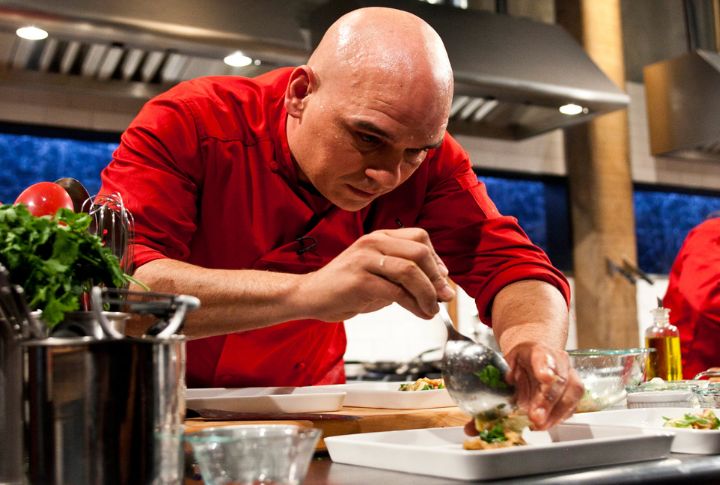
Even though participants don’t receive advance notice of specific ingredients, they are given a pantry tour and general ingredient categories. This helps them mentally prepare without knowing the exact items they’ll encounter in their baskets. Editing enhances the illusion of instant creativity.
The Great British Bake Off
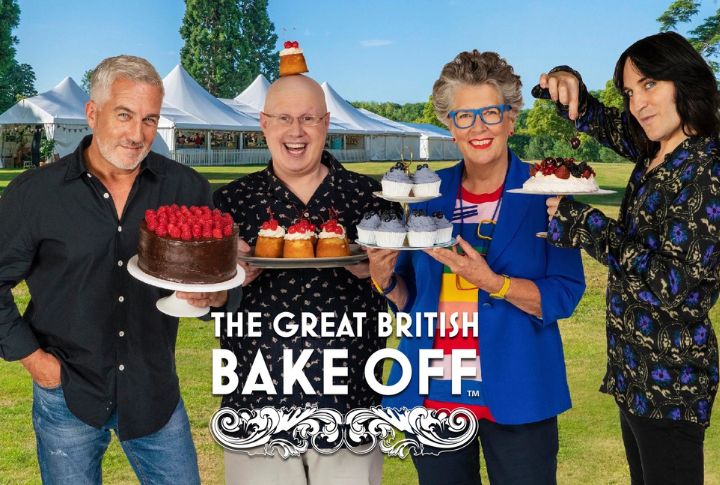
To keep the competition looking flawless, editors cut out the biggest baking fails. Melting chocolate, rising dough, and collapsing cakes are common off-screen, especially in hot British weather. Contestants handle more chaos than viewers see, but the final cut keeps things tidy and upbeat.
Iron Chef

On “Iron Chef,” that “surprise ingredient” reveal is all for show—chefs actually learn it in advance. Knowing it helps them prep smart strategies and execute complex dishes. The dramatic unveiling adds pressure, but the real challenge lies in flawless timing, not ingredient guesswork.
Top Chef
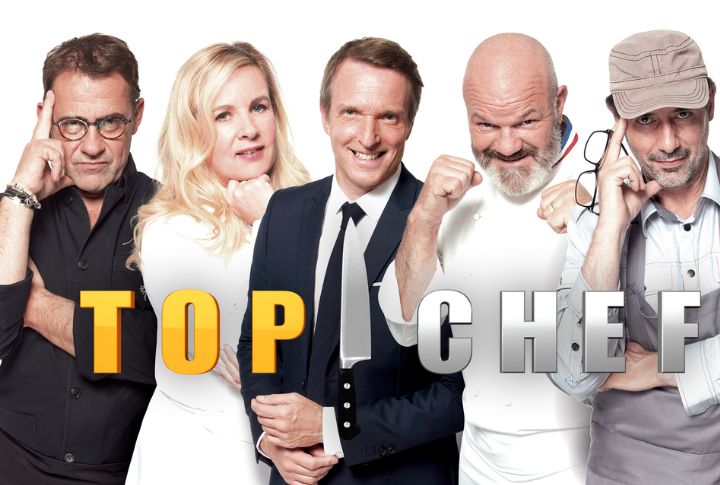
Judges’ immediate reactions after tasting dishes seem spontaneous, but production often films multiple takes to capture the perfect dramatic expression. Some responses are even exaggerated. Since true spontaneity doesn’t always translate well on camera, directors interplay reactions to maximize impact.
Cake Boss
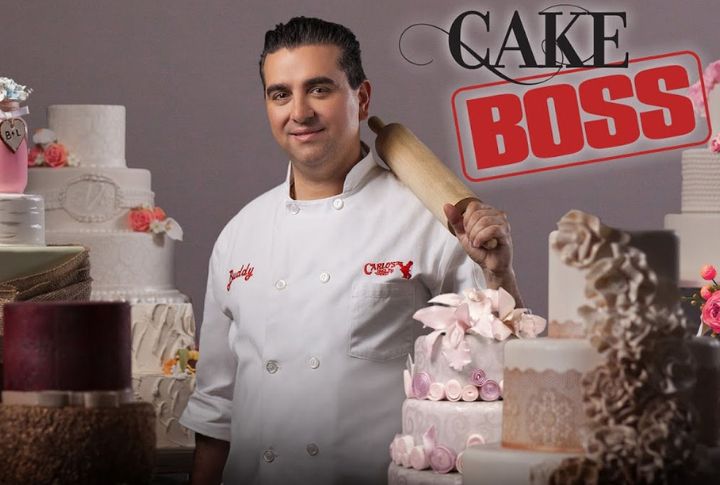
Buddy Valastro’s cakes look completely edible, with realistic designs and towering layers. Inside, they contain hidden supports made of wood, plastic, or metal. These inner structures ensure the cakes stay upright during transport and display.
Leave a comment